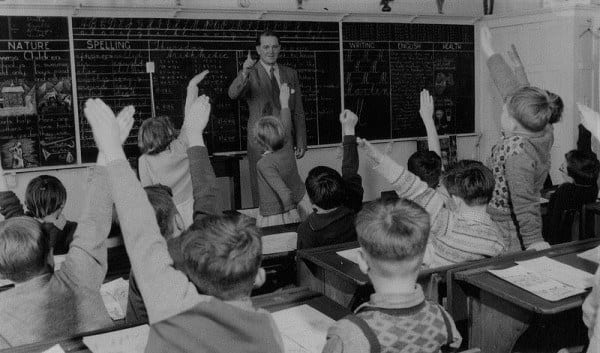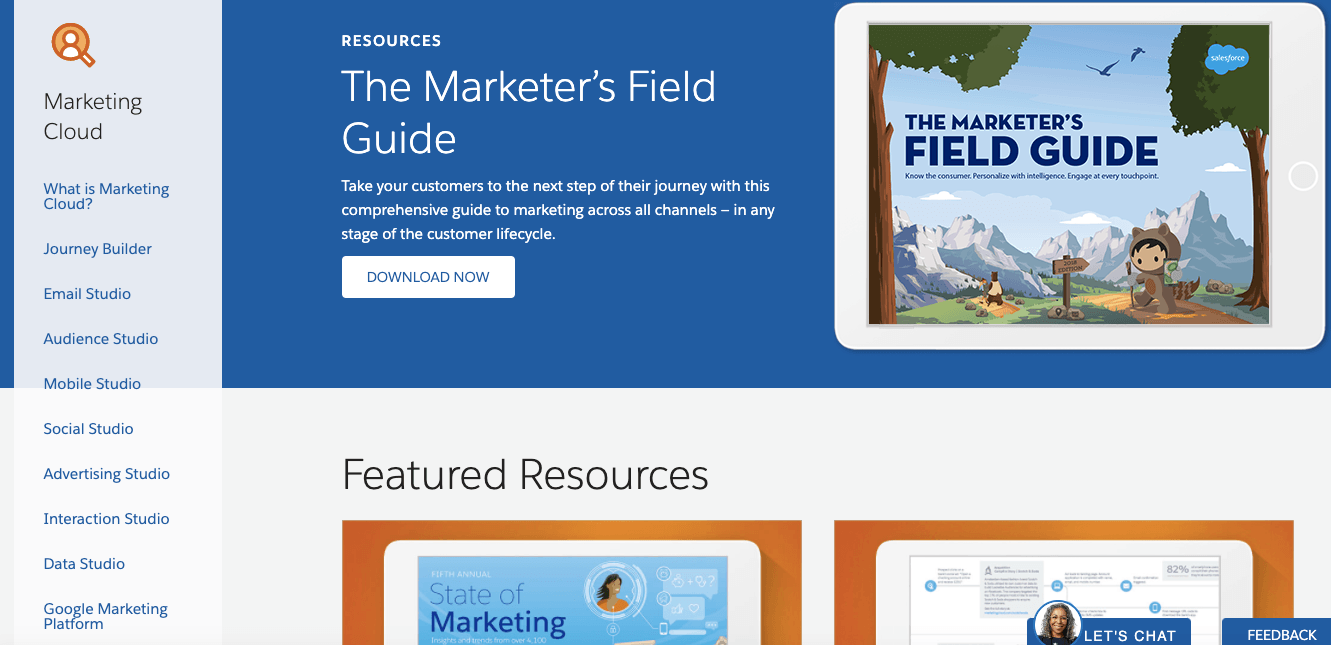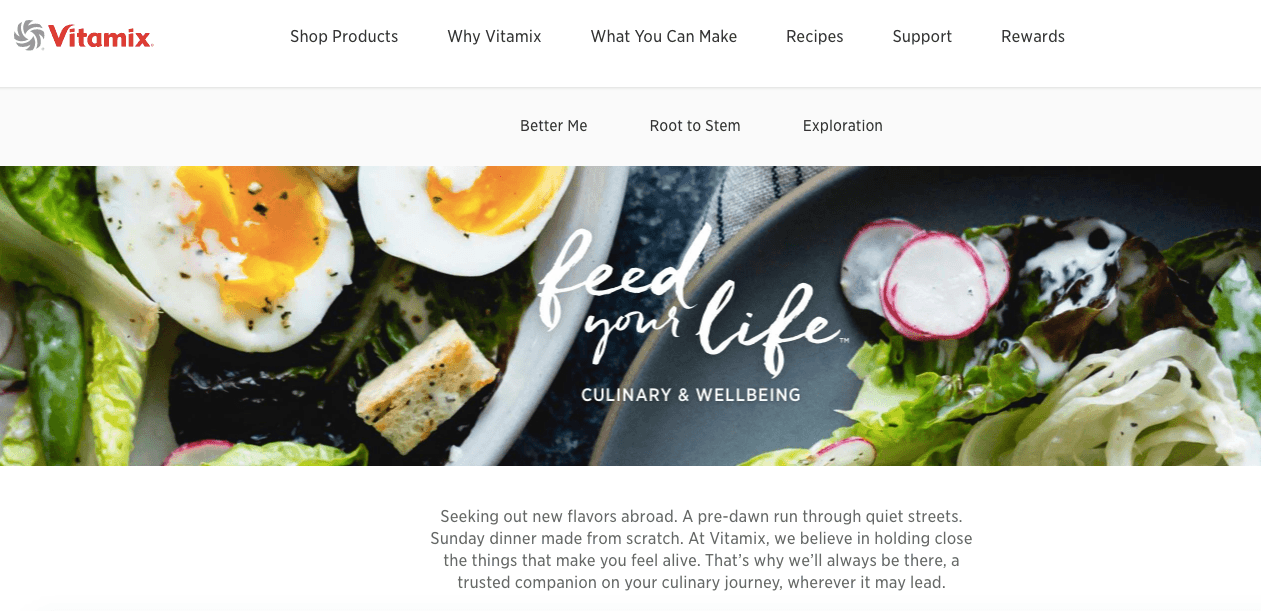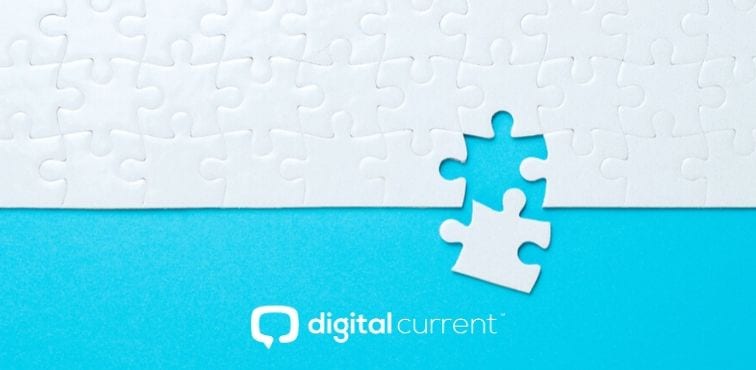The old process of how to create a marketing funnel is no longer a relevant concept. You might still hear about the funnel. However, it’s really an antiquated idea, especially when it comes to a content marketing sales funnel.
In a watershed analysis of 20,000 businesses in the U.S., Japan and Germany, consulting firm McKinsey argued that the common conception of the funnel no longer fit the realities facing marketers. Instead, McKinsey proposed a revised version they dubbed the “consumer decision journey” (CDJ).
The fundamental difference between this model and the traditional marketing funnel is that the new journey is no longer linear. Rather, a customer can enter this journey (at least from your brand’s perspective) at any phase along this track.

It’s a model McKinsey still uses today, one that has inspired similar models like Google’s ZMOT. As seen above, the customer begins surrounded by branded messaging that can belong to any brand that is active across the touchpoints this customer frequents. Long before buying, the customer is exposed to messaging from you and your competitors.
Then, at any point, something can trigger their search for a product, which will prompt a few brands (most often the ones that have made a recent impression) to be in an initial consideration set.
After the consumer begins with this initial set, they will embark upon an active evaluation via researching. This is the biggest departure from the old model, because during this research phase, the set of considered brands may actually increase. According to Think with Google, 53% of shoppers say they always do research before they buy.
There may be favoritism for a brand they’ve previously been exposed to, but customers today have access to more information than ever. This will ultimately steer them toward a wider set of options, if necessary.
Following this evaluation is the actual moment of purchase, which is followed by the post-purchase experience. If the experience is positive, this can cause the customer to enter into a loyalty loop, in which the customer revisits your brand and may recommend it to others.
A content marketing strategy can account for this new marketing reality by building unique and valuable brand communications targeted at each stage along the customer decision journey. Here’s how to create content for this updated version of the content marketing funnel.
1. Initial Consideration and Trigger
One of the main reasons that a new model for mapping consumer behavior was necessary is because the marketing tables have been turned. It used to be that brand outreach to customers was important. Customers would begin their hunt for a product with several brands in mind, and as they whittled them down, brands would lob marketing messages at that customer hoping to push them to the next phase.

Now customers are more active than ever, and won’t respond to interruptive or “salesy” messaging. Marketing aimed at the initial consideration phase will need to reflect this change.
During this phase customers aren’t really considering you for purchase at all. They are considering you as a brand and deciding whether they’d even think about buying from you.
The main takeaway from this is, don’t be overly promotional before engaging customers. If you do, you’ll turn them off from the brand before you ever make it to the consideration phase.
Instead, offer value outside of your products but within your field of expertise. By providing inherent value, you invite your potential customers to explore what your brand has to offer in a longer, more protracted consideration phase.
Ultimate guides and resource content are two forms of content you can share to build trust and authority.
Ultimate guides are usually very comprehensive and definitive. They can quickly establish your expertise and authority in an industry. The typical ultimate guide will contain several graphics and multimedia, and it is usually several thousand words.
Resource content is content that gives people solutions instead of tips. As a result, they share the content more and link to it. Think about the most common problems and questions your target audience has, and create resources that contain solutions to those problems and questions.
When it comes to creating content that generates leads, it’s not about how popular content is, but about how well it converts. Ensure that every piece of content directs your readers to take a particular action. This action could be subscribing to your newsletter, signing up for a webinar, buying a product, inquiring about consulting, subscribing to social media or signing up for an email list.
Giving your audience a way to opt in to branded communications is a huge step, but it can be undone if you abuse the privilege. Once you’ve been invited to their very crowded email inbox or social feed, don’t be annoying.
You still want to leverage direct communications channels as sales tools, but always use a light touch. Typically aim to try and keep the content-to-sell ratio 5 to 1, (i.e. for every five pieces of solid informative content, insert one sales message). This way, your brand stays in close consideration and can occasionally spur consumers to begin the next phase.
2. Active Evaluation
Following the consideration phase and initial trigger is one of the most important (and newest) phases in the new consumer decision journey (CDJ): the active evaluation phase.
Once you are amongst the brands in consideration, you will now have to contend with even more competition. As opposed to the traditional funnel that narrowed at each phase, the CDJ actually expands during evaluation.
However, you can curb the threat of losing a potential customer by anticipating the research and evaluation questions they have and using content to control the conversation. Being prepared with resources to fulfill the new consumer’s tendency toward exhaustive research can prove invaluable to winning their attention and ultimately their business.
Salesforce provides a great example of providing in-depth resources that not only reinforce their reputation as an industry thought leader, but also provide great control of the conversation when it comes to the evaluation phase.

By providing high-quality content that evaluates a given product, you keep the ball in your court longer and help curb the very real possibility that a consumer considering your brand could find resources that point them elsewhere.
Providing in-depth comprehensive content (such as whitepapers and e-books) is the most beneficial way of embracing the evaluation phase and keeping customers interested along this vital step of their decision journey.
Case studies and success stories are also beneficial at this point in the customer journey. Case studies basically demonstrate the efficacy of the solution you offer to your clients. The idea is to identify a problem, document your approach towards solving this problem and show people the success you achieved.
Case studies work well to establish your credibility and, if done right, you’ll always see a noticeable increase in the number of leads you’re getting whenever you publish a case study.
Success stories work in a similar way to case studies. You can either invite people to share the success they achieved by following your advice, or you can feature a success story from anyone in your industry that gives credence to what you teach.
3. Post-Purchase
If you’ve made it this far on the CDJ, congratulations! All of your previous marketing efforts clearly worked. You remained in consideration and survived the evaluation phase, so now it’s time to bust out the champagne and celebrate, right? Wrong!
Many marketers have the flawed idea that their job is done once they’ve made the sale. This couldn’t be further from the truth. This is where the relationship starts, not ends.

Believing any differently is like going on the first date, not calling the person back and then being shocked when you see them on a date with someone else.
It doesn’t make any sense. If you’ve got someone’s interest, treat them better, not worse!
As was illustrated above, getting a consumer all the way to the point of purchase is very difficult. It’s certainly more difficult than retaining them and getting them to become a repeat customer.
Apple does a great job of retaining customer attention by offering in-store lessons and world-class customer service to help you make the most of your new device. They’re not satisfied with simply shipping the best possible product. Apple wants to make sure their consumer uses their products to the utmost potential.
This generosity has the dual benefit of fostering loyalty toward their brand. Getting really good at using a Mac makes it more likely that when it comes time to invest in a new computer, that computer will be one from Apple.
Make top-quality educational and informative content that is so fantastic that it becomes a feature of your product. It will not only help sell new customers, but make existing customers even more loyal.
Purpose-Driven Content
Another way to increase brand loyalty is to promote your brand’s purpose to your customers. A study by Marketing Dive found 63% of global customers prefer to purchase from companies whose values align with theirs.
If your brand doesn’t have a purpose yet, action-item number one is to come up with one and do it quickly. A simple framework for pinning down your brand’s purpose is Simon Sinek’s classic “Golden-Circle” framework.
This straightforward diagram consists of three concentric circles:
- Start with your brand’s “Why,” your purpose for existing
- Work your way out towards “How” you achieve that goal
- Finally get to “What” you do, make, sell, etc.
Promote your purpose in forms of content like interviews with your company’s executives and blogs highlighting your business involvement with community initiatives.
Personalized Content
You should also personalize content to create deeper connections with customers. Consumers expect digital marketing content to be relevant to their personal needs. With personalization of digital marketing, you target your content strategy to users based on categories, like who they are, where they’re located, why they access content and what devices they use to access it.
Your content strategy must be based on real data about your audience. Data about potential customers may come from numerous places, including your normal website analytics and social media analytics, much of which is available for free. For effective digital marketing, you have to know your audience — who they are and what content they want access to.
Consider adaptive content, too. Adaptive content is essentially what it sounds like: content that’s designed to adapt to the needs of your customer in terms of substance and context. It contains variations that allow it to be delivered differently for different user situations. Adaptive content can be fed into responsive web layouts and can be used by other apps to deliver personalized artwork, links, recommendations and offers.
Also, create personalized content for targeted email marketing. The content you use in targeted email marketing can be broken down into product information, answers to questions, how-to information, product insights and customer reviews. This information can be segmented according to individual characteristics such as geography, how new the visitor is and which pages they have visited.
4. Loyalty Loop
After establishing this positive relationship and offering value with content, create special materials or even events/meet-ups to encourage brand loyalism. By fostering a connection between your brand and existing consumers, you can help drive the loyalty loop that shortens the CDJ distance and places your organization top-of-mind by default.
An example of a brand that understands the power of the loyalty loop is the high-end blender manufacturer, Vitamix. Vitamix owners are so loyal that it’s become something of an oddity. Their blenders define their customers in a way that borders on obsessive.

Although this brand loyalty is the result of consistent and accrued benefits, Vitamix has played an active role toward maintaining and enabling this community to find new ways to connect with each other. They hold conventions and have plenty of content on their site all aimed at fostering this loyalty.
By genuinely expressing appreciation toward your customers and demonstrating a willingness to go the extra mile, you’ll breed a small but committed group of loyalists. Do this for long enough, and your group has the potential to evolve into a movement.
The beauty of all of these strategies is that they can help fuel a positive feedback loop. As you identify high-performing pieces of content, you can repurpose them for different stages of the CDJ.
Pay Attention to Every Part of the Journey
Whereas the old funnel strategy was linear and forgot about the customer immediately after they converted, this new way of understanding the consumer decision journey takes into account the cyclical nature of buying and can help fuel real, sustainable growth.
If you’re searching for content recommendations for your target and current customers, contact Digital Current for a free consultation.


